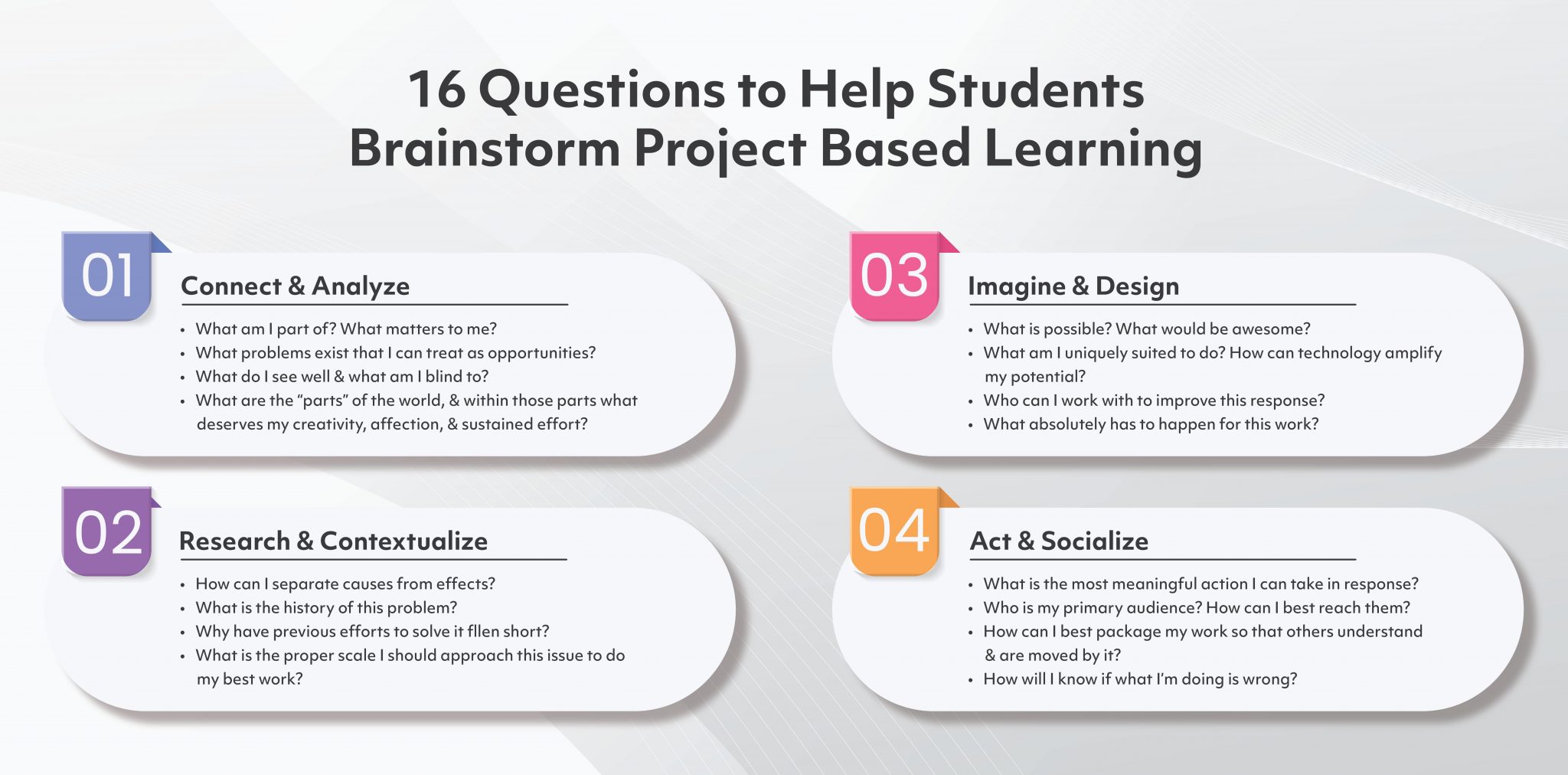Active Learning Strategies
UPH Experience M-Flex Learning is a learning framework using physical resources,technology, and human to increase active teaching strategy when interacting with the students and also to maintain flexibility in the teaching-learning process and keeping the health and safety protocols.
Experience M-Flex Learning can be integrated in Online Learning to support
the effectiveness of learning.
Purpose of Experience M-Flex:
Active Learning Strategies is the adoption of instructional practices that engage students in the learning process (Prince, 2004). Instructors guide students throughout activities and situations in which students must engage in thinking about content toward desired learning outcomes (Mayer, 2004).
Active learning strategies can be used during class (in-person or online), that engage learners in deep thoughts about subject matters in the courses.
- In Person
Example of Active Learning Strategies during face-to-face or
in-person session: Interactive lecturing/interactive seminar with distinguish speaker or workshop.
- Online (Online Asynchronous and Online Synchronous)
Example of Active Learning Strategies during online session:
Interactive lecturing/interactive seminar with distinguish speaker, virtual tour, student’s presentation.



There are two sample of active learning strategies to support collaborative learning, Case Based Learning and Project Based Learning.
What is Case Based Learning?
In addition to the main reading material, lecturers are expected to be able to prepare case materials which can be in the form of text or audio visuals that are commonly used during Case Study activities both in class, synchronously and asynchronously online (discussion forums). Case study materials can be taken from textbooks, but are expected to be contextualized.
Case-based Learning (CBL) is perceived as an efective pedagogical approach to improving students’ ability to transfer knowledge, concepts and skills learned in schools to real-life contexts (Baeten et al. 2013). Case studies are written summaries or syntheses of real-life cases that require students to tease out the key issues involved and to identify appropriate strategies for the resolution of the ’case’. A case study is composed of an engaging and/or controversial story, usually a dilemma that requires a basic understanding of scientific principles (Shulman 1992). A ’case’ should be a complex problem written to stimulate classroom discussion and collaborative analysis, and be a student-centred exploration of realistic and specific situations. Cases place events in a context or situation that promotes authentic learning, critical thinking skills, deductive and inductive reasoning and overall decision-making performance (Bagdasarov et al. 2012). CBL is the modern way of using narratives developed to provide authentic learning for students (Ha and Lopez 2014).
Case Based Learning is a pedagogical concept, where work method, problem and discipline are identified by the learner(or learners) through the learning process. Case Based learning is oriented toward a case, which from different perspectives generates different and equally correct problems.
Essentially, Case Based Learning breaks down into these steps:
- Focus on Problem Solving
– Explain and motivate
– Describe the purpose and equipment - Organize the Students
– Define the problem
– Organize assessments and assignments - Guided Research
– Motivate to gather information and conduct experiment in explaining the problem - Report Progress
– Guide the students to elaborate in reports - Analyze and Evaluate the Problem
– Evaluate on their processes and research results
– Provide feedback
Teaching Strategies for Case Based Learning
Why Use Case Based Learning?
Blackmon et al. (2007) point to several of CBL’s objectives and learning outcomes. Examples of CBL’s objectives are:
- Engaging learners in discussion;
- Providing students with opportunities to analyse, propose solutions, evaluate potential solutions, solve problems or make decisions;
- Giving students an active role in the learning process;
- Helping learners to improve higher-order thinking ability and understanding of the to-be-learned content;
- And combining the content of cases and the process of discussion.
CBL’s learning outcomes pertain to the students’ ability to sort out factual data, apply analytic tools, articulate issues, reflect on their relevant experiences, draw conclusions that they can relate to new situations,
identify problems that they perceive, connect the meaning of the story to their own lives, bring their own background knowledge and principles, raise points and questions and defend their positions and formulate strategies
to analyse the data and generate possible solutions (Blackmon et all 2007).
Articles
Baeten, M., Dochy, F., & Struyven, K. (2013). Enhancing students’ approaches to learning: The added value of gradually implementing case-based learning.
European Journal of Psychology of Education, 28(2), 315–336.
Bain, K.(2012). What the best college students do. Boston, MA: Belknap Press.
Bagdasarov, Z., Harkrider, L. N., Johnson, J. F., MacDougall, A. E., Devenport, L. D., Connelly, S., et al. (2012). An investigation of case-based instructional
strategies on learning, retention, and ethical decision- making. Journal of Empirical Research on Human Research Ethics, 7(4), 79–86.
Dewey, J. (1938). Education and experience. New York: Macmillan.
Dewey, J. (2007). Experience and education .New York, NY: Simon and Schuster. Duckworth, A.(2016). Grit: The power of passion and perseverance.
New York, NY:Scribner.
Edutopia, (2016). STEAM and Project based learning: real solutions from driving questions. Retrieved from https://www.edutopia.org/practice/steam-
project-based-learning-real-solutions-driving-questions
Katy Farber. (2017). Real and Relevant : A Guide for Service and Project-Based Learning: Vol. Second edition. Rowman & Littlefield Publishers.
Kuh, F.D.(2008). High-impact educational practices:What they are, who has access to them and why they matter. Washington, DC: Association of American
Colleges & Universities.
Patton, Allan. 2012. Work That Matter: Teacher’s Guide to Project Based Learning. The Paul Hamlyn Foundation.
Tough, P.(2016). Helping children succeed: What works and why. Boston, MA: Houghton Mifflin Harcourt.
Yuliansyah, A., & Ayu, M. (2021). The Implementation of Project-Based Assignment in Online Learning During Covid-19. 2(1), 32–38.
Wobbe, K. K., & Stoddard, E. A. (2018). Project-Based Learning in the First Year : Beyond All Expectations. Stylus Publishing







